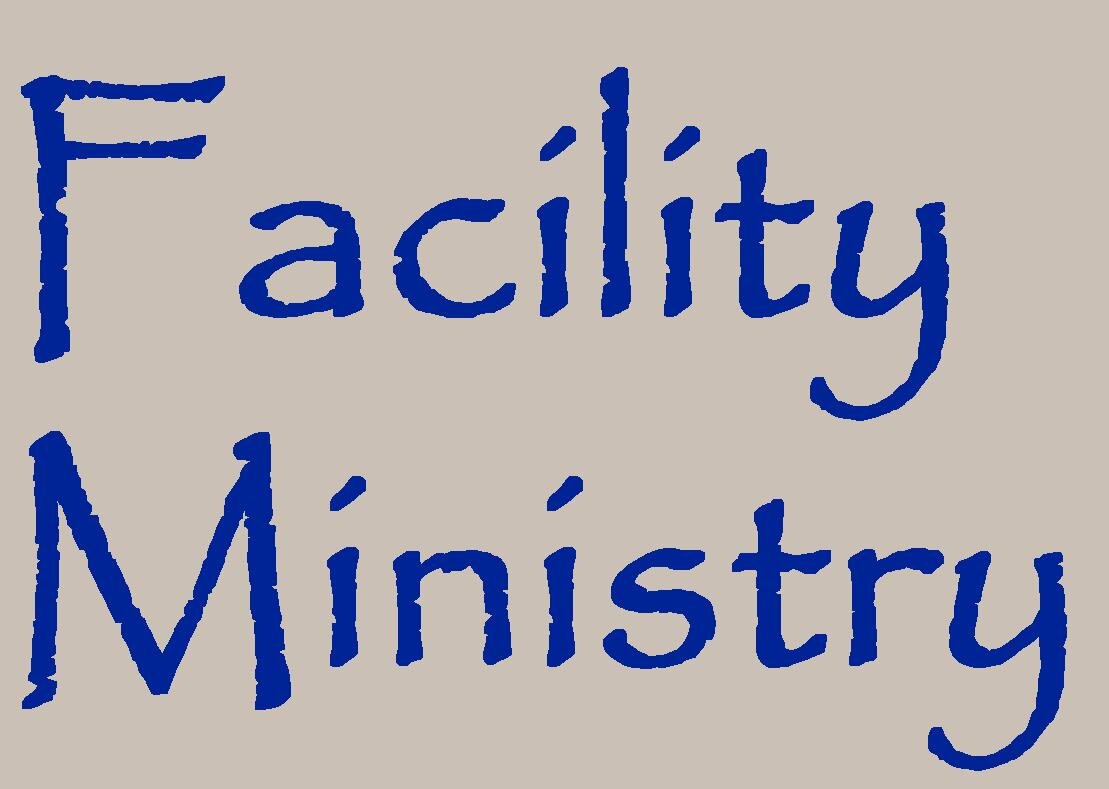Chaos! How Church Architecture and Construction are like the Old Wild West— No Rules!
You’re all set for a church facility renovation and/or expansion! It’s been quite a journey but you’re finally ready! However, now you need an architect and a builder, so you spin the internet search wheel looking for consultants in your area or maybe one(s) that will travel. Where will the wheel land? Will you find a provider(s) you can trust to deliver the best project at the best price? Or will you end up in the old wild west where there are no rules—but lots of victims.
Old westerns can be a fun form of entertainment. Gunsmoke is a favorite for my wife and me and is the longest running prime-time TV western series (1955-1975). The do-gooders were led by U.S. Marshal Matt Dillon who kept order and ensured the law was upheld in the midst of potential chaos.
Similarly, in the worlds of church architecture and construction, there are no rules. Chaos may create engaging television, but it is a terrible context for a church facility project. Zoning codes and building permits ensure life safety issues (but can also create their own difficulties). Unfortunately, chaos can reign even if you work with providers who have lots of experience and have completed numerous churches. There are no rules or regulations about costs and process for your project. These providers have some of the smoothest sales teams I’ve ever encountered. So, it is buyer beware.
The following are true stories about church architects and/or builders:
In his contract, a church architect included a, “work stoppage fee” that required a church to complete the construction documents (and payments) on a project they realized they could not afford.
A church builder tried to keep a $20,000 credit for construction because the church did not understand a key phrase in their 19 page contract. Fortunately, a board member caught this oversight just in time and was able to apply for the credit.
A church owned an excellent facility which included a 600 person auditorium. Growth led them to purchase a 50 acre site for a new building. Unfortunately, they signed with a builder/developer who used their existing facility as collateral (as noted in the fine print). When the developer went bankrupt the church lost their building and today, that building is no longer in service for our Savior. They had to sell the 50 acres and start renting space.
A church architect charged a church for services never completed because the church took longer than a year to work through the design review process. The church was trying to move decisions forward when they received this unexpected invoice. To complete the construction documents, I was able to direct this church to a trustworthy church architect that did not include these kinds of clauses in his contracts.
I have assembled a file called “crash and burn” that includes many stories of churches spending significant money on building plans that could not be built because the cost was over budget. Those rolls of drawings collect dust in storage until enough time passes that the church throws them out.
In this world of potential chaos, I try to be like Marshal Dillon to teach and train churches about the world of architecture and construction. I am fair and allow the providers to make reasonable compensation for their services. However, I also try to keep churches from being gouged! Sometimes the churches are taken advantage of but do not know it has happened to them—they just overpaid for their project.
A few quick guidelines:
Be careful with contracts where the providers say: “We’ll take care of everything for you!” They may produce a quality project, but it is also possible that you will pay much more than necessary. You see, when they “take care of everything” they are also charging you for that service.
Be careful of AIA contracts. The AIA is the American Institute of Architects and they have a base contract that they offer for their members to use. It sounds like a trustworthy kind of contract—after all, it’s through an “Institute.” However, AIA contracts protect the architect first in all areas.
Understand your project delivery method. For an introduction to this subject, please see the Facility Ministry paper from 2018: Collaborative Church Construction.
Understand your specific contracts with providers. If possible, get someone you trust to review the details with you. Often, people do not dig into details of a contract until something starts to go wrong. Unfortunately, that is too late to learn the fine print definitions.
Gunsmoke and other westerns can be a fun form of entertainment as usually the good guys win in the end. However, church architecture and construction will never follow a carefully composed script. And many times, churches and/or pastors end up on the gallows. Facility Ministry exists to stand in this gap as a service to God. Please contact us if you have any questions about your facility project.

